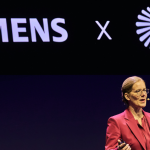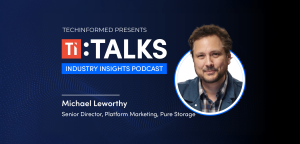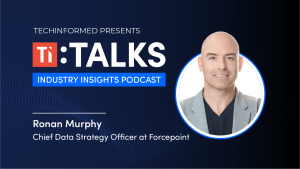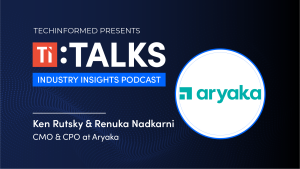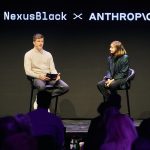
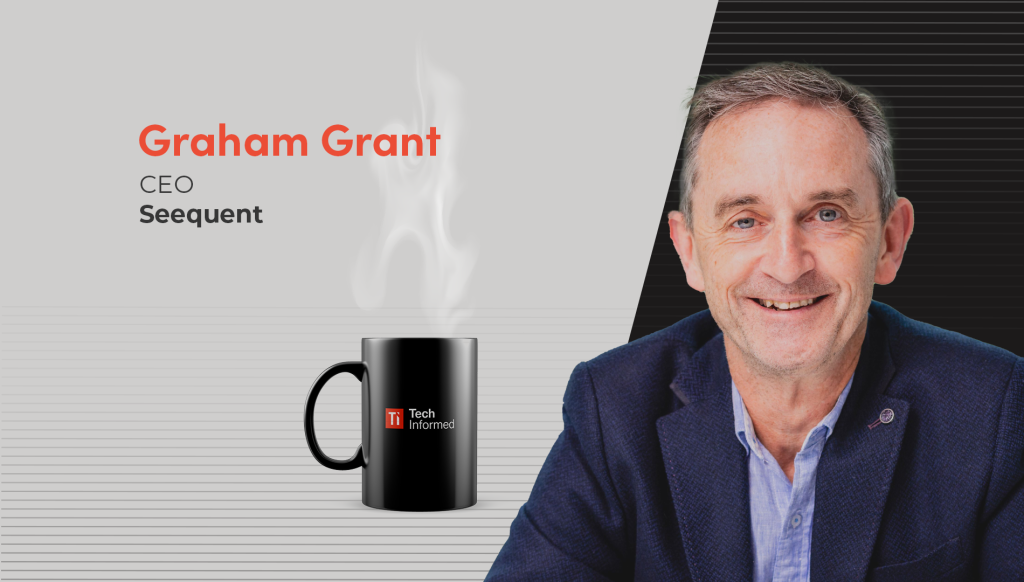
Graham Grant, CEO, Seequent
TechInformed goes underground with Seequent CEO Graham Grant to explore how subsurface data, AI and digital twins are being used in mining, infrastructure and the race for critical minerals…
When it comes to the hidden world beneath our feet, Graham Grant knows better than most that uncertainty is the only constant. As CEO of Seequent, he leads a global team focused on geoscience software that helps industries, from mining to civil infrastructure, make better decisions about the subsurface.
Founded in New Zealand, Seequent began life in an entirely different field: medical modelling. Today, as part of civil infrastructure vendor Bentley Systems family, it has become the group’s centre of excellence for subsurface intelligence.
The firm’s subterranean software bridges the gap between earth science and engineering, enabling customers to visualize underground data, reduce risk, and connect models with Bentley’s ‘digital twin’ ecosystem.
At Bentley’s Year in Infrastructure 2025 event, we sat down with Grant to talk about Seequent’s origins, the use of AI and digital twins, and where the future of underground modelling is headed.
Seequent’s beginnings weren’t in mining at all, but in medicine. Can you tell us that story?
That’s right. Originally the maths behind our software was used to design titanium implants for cranial surgery – essentially modelling the edge of a broken skull so an implant would fit perfectly. A geologist looked at that and asked: “Could this also model the strange surfaces we see underground?” We tried it on a gold mine dataset in Perth, and it worked.
The very first product was even nicknamed Wallace and Gromit. From there, we spun out into mining, then geothermal, groundwater, and eventually civil infrastructure. It was very much an accidental innovation, but it set the tone for how Seequent still operates: applying science.
You’ve said the underground is full of uncertainty. How do you see AI changing that – is it helping reduce uncertainty, or just creating faster but less transparent guesses?
It’s very early days. AI faces two structural challenges in the subsurface. First, data scarcity: sometimes you have lots of borehole data, but often you have none at all. Second, data inconsistency: collection methods vary, and human interpretation sits on top of it.
That means two geologists can look at the same drill core and draw different conclusions. Unlike an LLM built on a library of text, where at least the words are verifiable, subsurface data is inherently variable. AI use cases are emerging, but we need to apply tools with caution. Our job at Seequent is to bring everything into one accessible environment, so that when AI is applied, it’s on as solid a foundation as possible.
Half the US mining workforce will retire within five years, and few universities still offer courses. How can companies like Seequent make these careers more appealing to digital natives?
You can’t flick a switch to solve that. We can’t dictate what universities teach, but we can support those that still run geoscience and mining programs. We work hard to put our tools into classrooms so that graduates are work-ready. The challenge is that very few young people are even exposed to geoscience at school. Unless you live in a country where mining underpins the economy, it’s invisible.
At Seequent, we have to lean forward—engage students early, make the tech accessible, and show that geoscience careers aren’t about rocks in isolation, but about solving global problems like energy transition and water security.
Geopolitics and the green transition are reshaping mining and critical minerals are now framed as a national security issue. Are your customers talking more about sustainability, or strategic autonomy?
The geopolitics sit one level above our customers. Commodities are globally traded—you can’t just decide to sell copper locally because it’s strategic. But macro forces matter. Countries are pushing development in new directions, and customers are very aware of that. Energy use is probably the number-one operational concern. Mining is massively energy-intensive: crushing and processing rock takes power, so many companies build their own renewable systems just to run their mines.
At the CEO level, community engagement, environmental impact, and energy security are all front of mind.
What about borrowing ideas from other industries? Could mining adopt proven oil and gas techniques like seismic imaging or borehole reuse?
Seismic is standard in oil and gas because wells are so expensive—you want maximum data from each. In mining, boreholes are smaller and cheaper, so historically less instrumentation goes in. That will change. As hardware shrinks, you can do more measurements in-situ, gather standardised data, and reduce drilling altogether—which saves money and cuts environmental disruption.
Mining was actually an early adopter of autonomy—driverless trucks, remote control rooms—but upstream exploration lags. There’s huge potential for cross-pollination.
How are subsurface models being used with Bentley’s iTwin today?
iTwin is evolving rapidly. We’re moving from simple connectivity to dynamic connectivity. Imagine a road project: as construction progresses, you expose more of the subsurface, and your understanding improves. Ideally, your digital model updates in real time. That’s where we’re heading — subsurface models as living companions to engineering workflows. Are they true “digital twins”? Underground, precision is elusive—you might only have a “crayon sketch” of reality. But the integration is improving fast
Data sovereignty is a big theme in infrastructure. How are you handling sensitive national resources as models move to the cloud?
From day one, we’ve built with multi-regional cloud in mind. Customers often require data to be housed locally, so we’ve invested in regional infrastructure that ensures compliance. It’s technologically complex and costly, but essential. Ultimately, you’re reliant on partner data centres, but we’re aggressive about meeting those sovereignty requirements wherever we operate.
ESG reporting requirements are expanding. How is Seequent helping customers measure and prove a lighter footprint?
Our tools enable companies to test scenarios—moving less material, using less water, reducing emissions—and then report those decisions with confidence. Increasingly, sustainability isn’t just compliance, it’s competitive advantage. We’re also seeing more partnerships with governments and NGOs where subsurface data directly informs national water or energy planning. It’s not just about mines — it’s about resilience.
How has integration into Bentley matured since last year?
Technically and culturally, the fit has strengthened. We’re proud that Seequent was the first Bentley unit to deploy Cesium into our stack, adding geospatial context to subsurface models. It’s transformative for communication: stakeholders can see the surface and the subsurface together, in context, which makes complex ideas more tangible. Strategically, we’re aligned on building unified data ecosystems that connect science with engineering.
Q. And finally… how do you take your coffee?
A flat white – the Kiwi classic!



